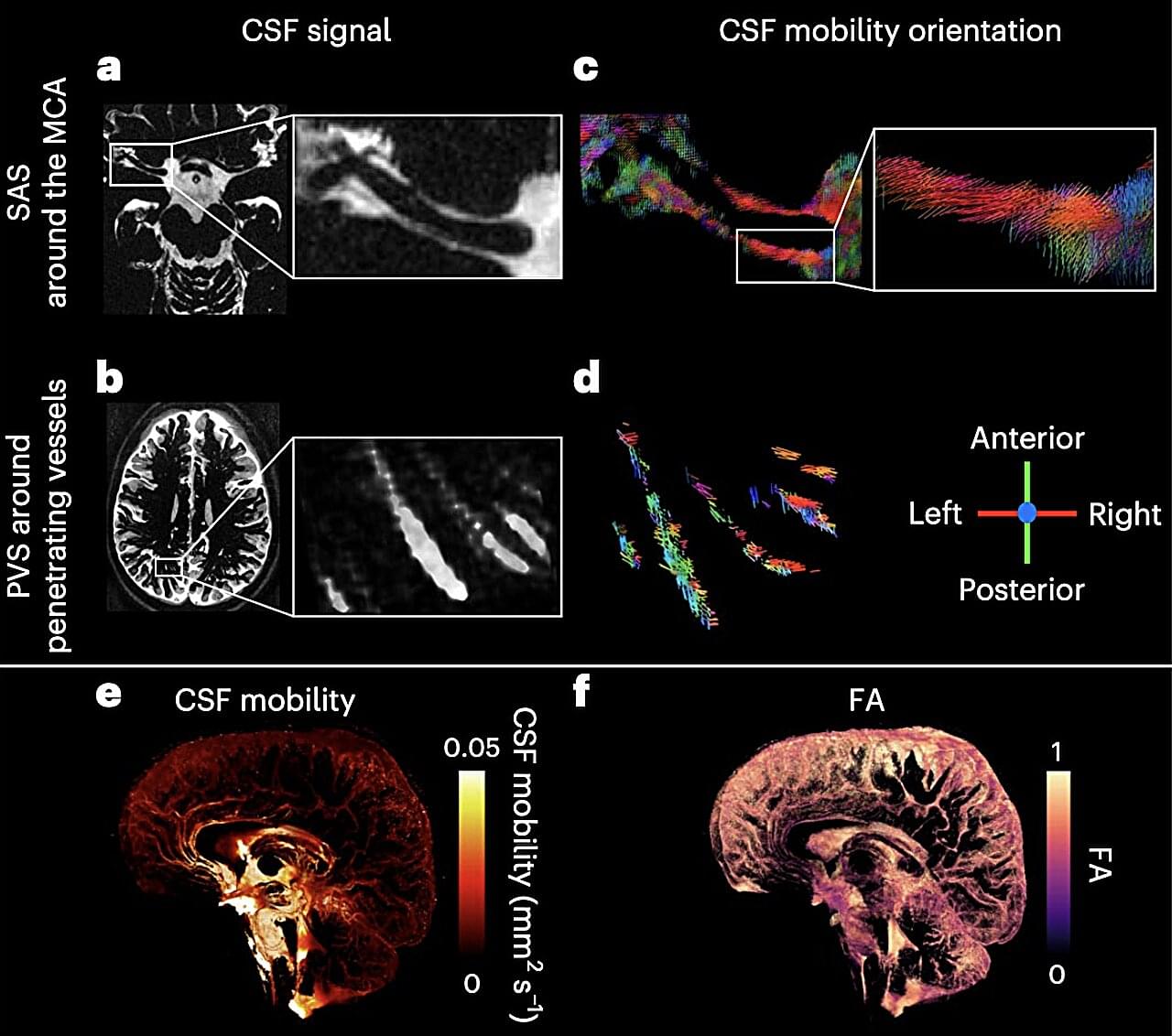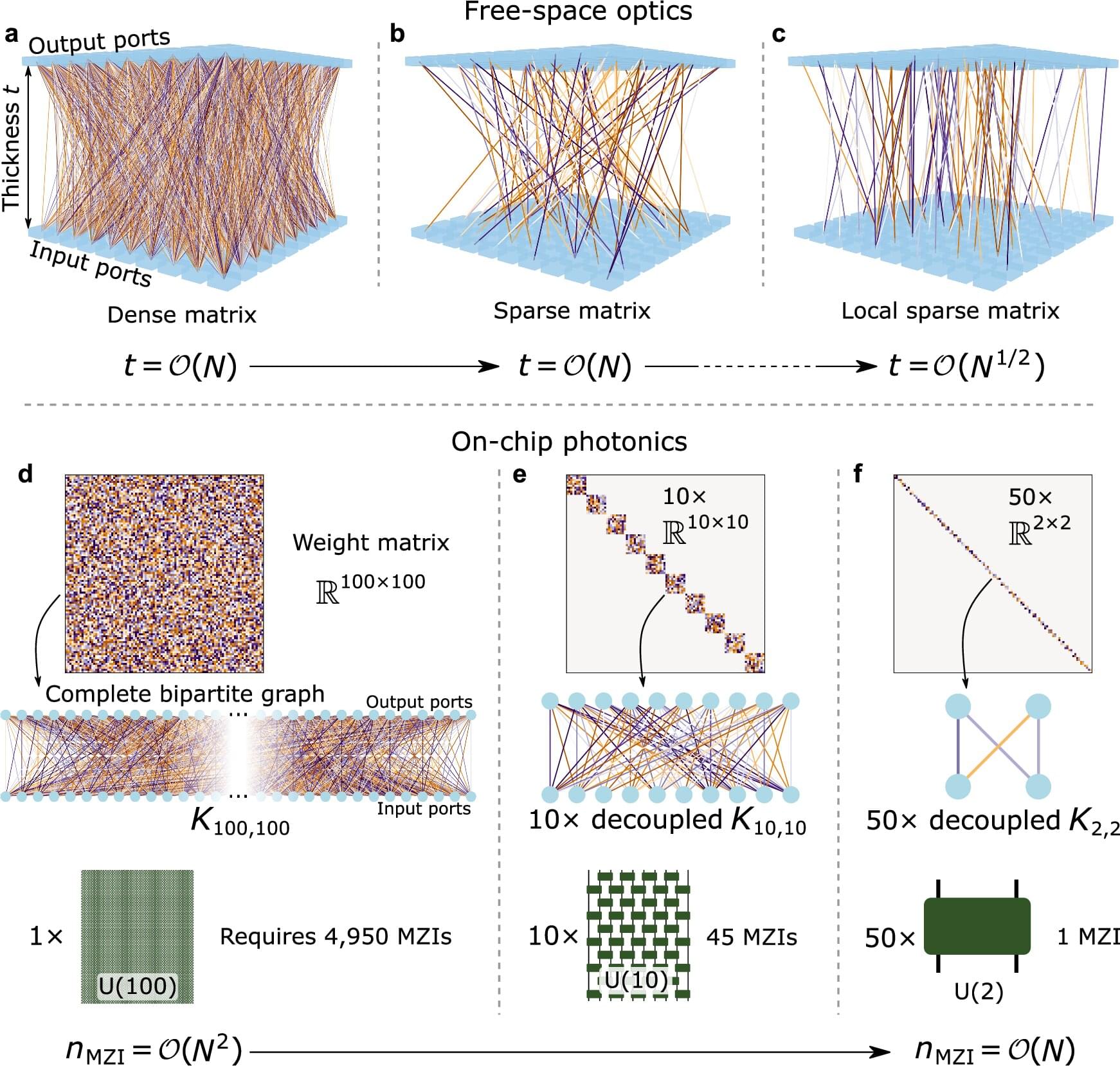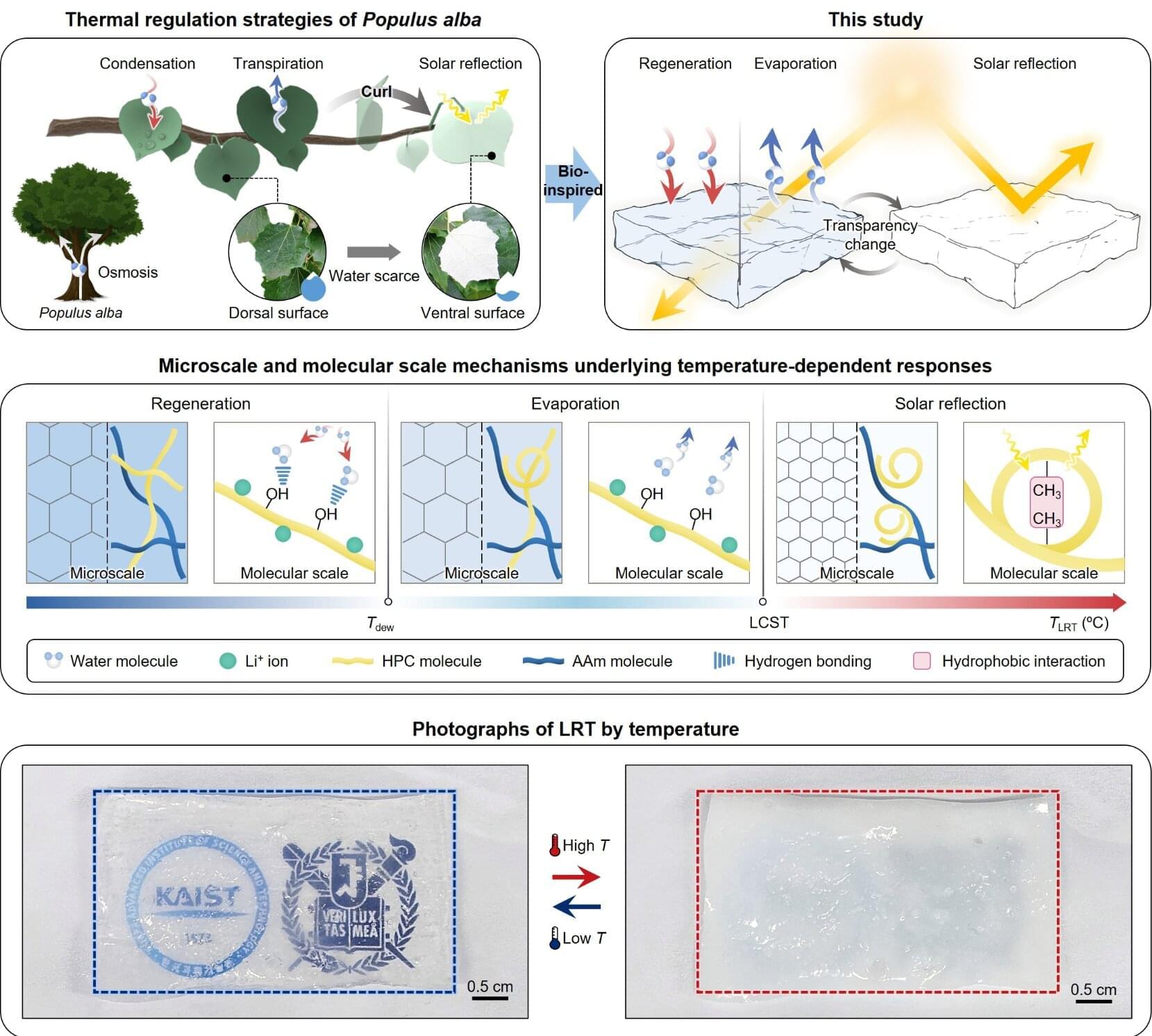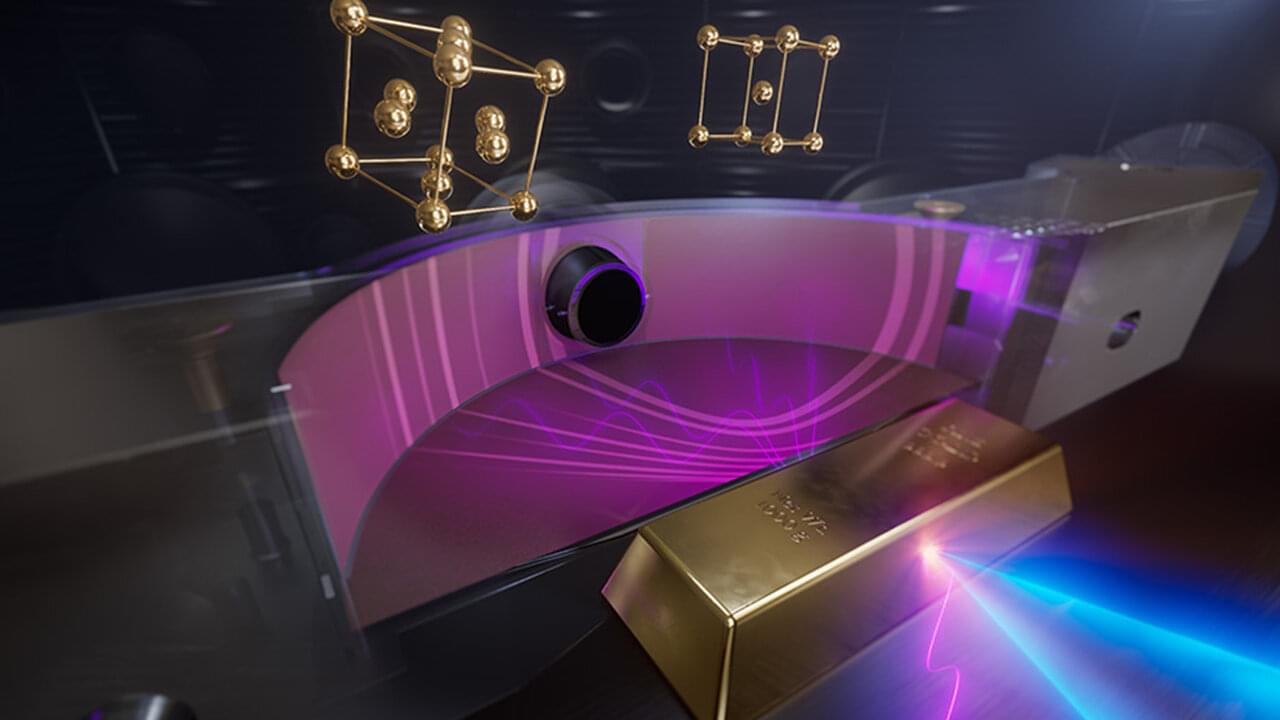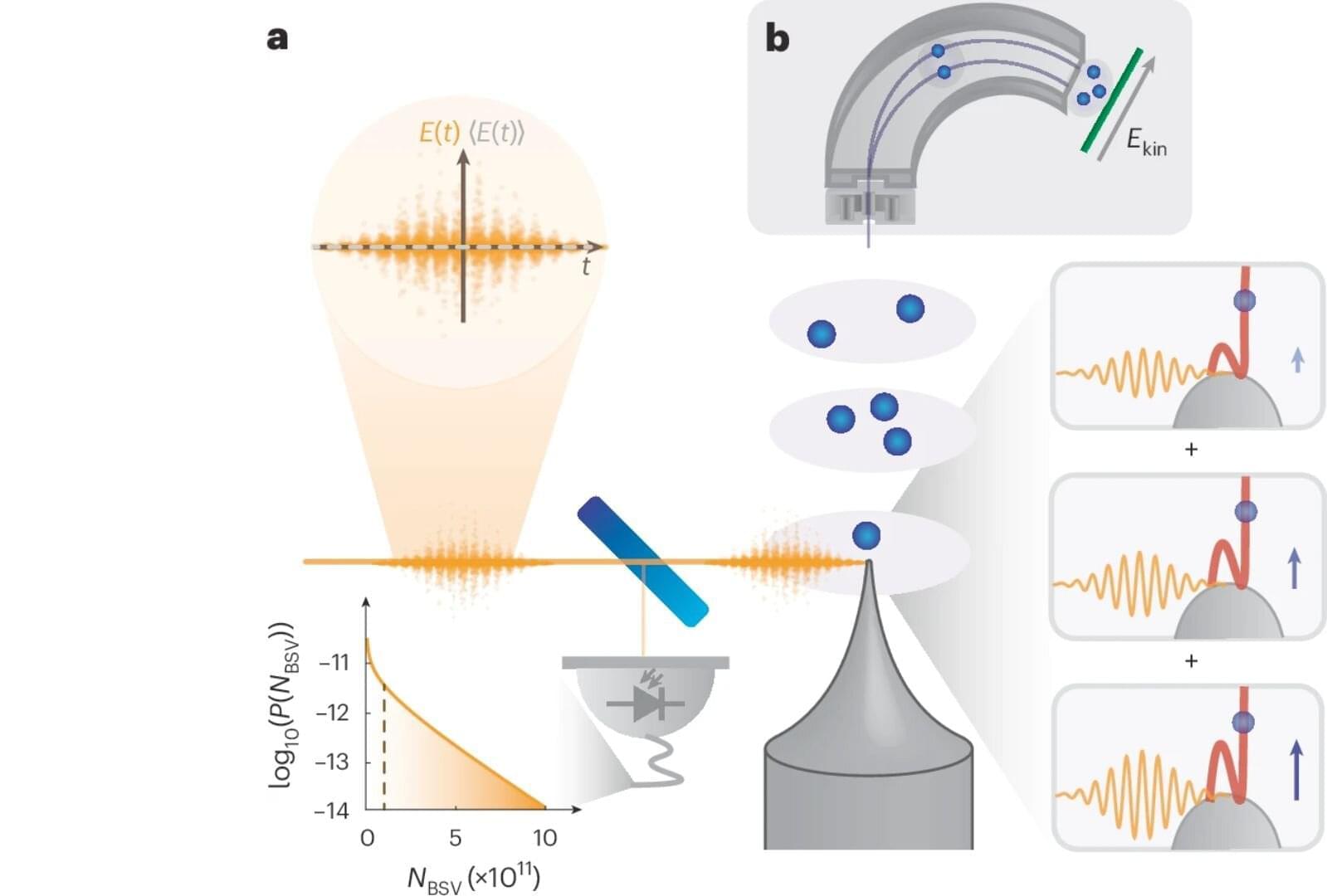Cerebrospinal fluid (CSF) is a clear and watery liquid that flows in and around the brain and spinal cord. Its functions include protecting parts of the nervous system, delivering nutrients and removing metabolic waste.
Some neurological diseases, including Alzheimer’s disease, have been linked to the abnormal accumulation of proteins in the brain, which can cause damage to neurons. This accumulation of proteins could potentially be linked to variations in the flow of CSF in specific brain regions.
Researchers at Leiden University Medical Center, University of Amsterdam and the German Center for Neurodegenerative Diseases (DZNE) recently developed a new approach to study the motion of CSF, which is based on the widely used imaging technique magnetic resonance imaging (MRI).
